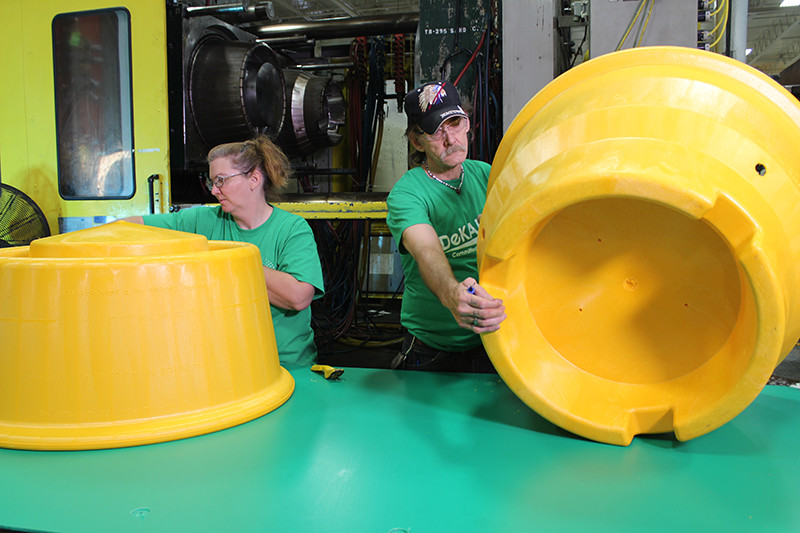Injection moulding has been around for decades and is an important manufacturing process. It can be used to create a large selection of processes quickly and on a large scale. While many product developers and manufacturers are aware of the benefits of using this plastic injection moulding process for their components, products, and parts, many of them aren’t aware of the benefits of foam moulding.
Foam moulding is a very popular form of injection moulding. If you can understand what this process entails and how it’s different from other forms of injection moulding, you will be able to make a better decision on whether you should choose it for your products and parts.
What Exactly is Structural Foam Moulding?
As it is quite technical, we decided to find a great definition online:
“During the structural foam moulding process, inert gas is added to a melted polymer as it’s injected into the mould. The gas component forces the melted polymer into the mould, creating a more uniform thickness throughout the mould. When the part cools, a solid skin forms against the mould and a honeycomb structure develops to form the interior structure. This honeycomb structure prevents shrinkage and allows manufacturers to reduce product weight without compromising structural integrity.”
Why Choose Foam Moulding over Traditional Injection Moulding?
There are several reasons why you should consider choosing structural foam moulding over traditional plastic injection moulding.
· Better Quality Products
Structural foam moulding could result in improved aesthetics in products when you compare it over traditional injection moulding. It is able to create intricate and thick components and parts without it resulting in sink marks or depressions. Furthermore, this low-pressure manufacturing process reduces warpage issues and stress. Structural moulded products can also result in a more consistent and polished surface that can create the exact texture that you want.
· Stronger Parts and Products
We mentioned foam moulding’s honeycomb structure in the above quote, and this is the secret to creating stronger products and parts. It is in fact so strong that it can replace solid materials like sheet metal, wood, fibreglass and even concrete. Structural foam moulded parts are suitable for a large selection of applications because of being more resistant to impact.
· It Can Be Used with Aluminium Moulds
Aluminium moulds can’t be used with some of the traditional moulding applications due to the pressure they are associated with. But because structural foam moulding is a lower pressure option, it can be used with aluminium moulds. The benefits of aluminium moulds are that they tend to last a long time and they are also less expensive. This is because they aren’t subjected to a large amount of pressure when used with the foam moulding process.

Comments